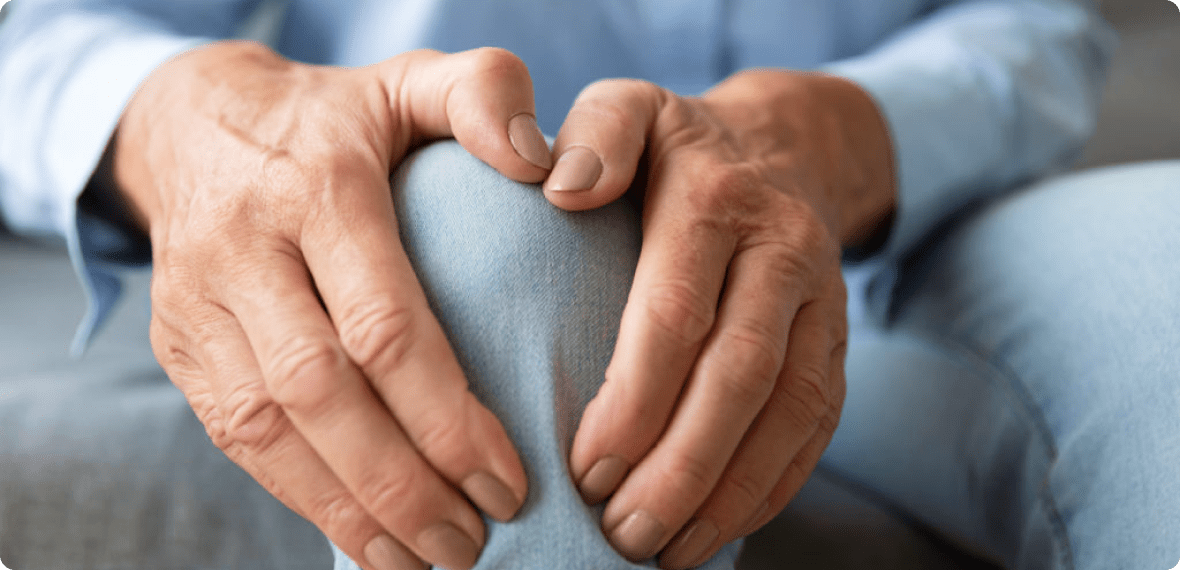Cause of Cartilage Restoration
As you age, your cartilage may begin to wear down, causing pain and inflammation. This wear and tear may be caused by a number of things, including injury, overuse, or arthritis. Additionally, trauma to the cartilage, such as a meniscus tear, may also cause the cartilage to break down.Cartilage is unable to repair itself effectively once it is damaged. However, through various cartilage restoration techniques, it is possible to repair damaged cartilage and relieve pain.
Cartilage Restoration Techniques
There are several different cartilage restoration techniques that may be used to repair damaged cartilage and provide a smooth, pain-free joint surface. These techniques include:
Dietary Supplements
Using dietary supplements such as glucosamine and chondroitin sulfate may help rebuild cartilage and reduce pain. These supplements are available over the counter and do not require a prescription. Furthermore, supplements such as calcium with magnesium and vitamin D, S-Adenosyl-Methionine, and Methylsulfonylmethane may also help promote cartilage growth.
Microfacture
This technique involves creating numerous holes in the injured joint surface to stimulate the growth of new cartilage. The holes are created using a specialized tool to create a new blood supply that may help the cartilage to heal.
Abrasion Arthroplasty
This procedure uses an arthroscope and involves using a high-speed mechanical device to remove the damaged cartilage. This technique promotes a healing response that may replace the removed cartilage with new cartilage.
Osteochondral Autograft Transplantation
During this procedure, healthy cartilage tissue is taken from a non-weight-bearing area of the patient’s body and transplanted to the damaged area. This technique is often used for smaller areas of cartilage damage.

Osteochondral Allograft Transplantation
Similar to osteochondral autograft transplantation, this procedure involves taking healthy cartilage tissue from a donor and transplanting it to the damaged area. This technique is often used for larger areas of cartilage damage.
Autologous Chondrocyte Implantation
This technique involves taking a small sample of the patient’s healthy cartilage cells using an arthroscopic technique. These cells are then cultured and multiplied in a laboratory. Once there is a sufficient amount of cells, they are implanted into the damaged area to promote cartilage growth.
Osteoarticular Transfer System (OATS)
This surgical procedure involves taking a small cylinder of healthy cartilage and bone from a non-weight-bearing area of the patient’s body and transplanting it to the damaged area. OATS is used to treat isolated cartilage defects, usually 10 to 20 mm in size, and is not recommended for widespread cartilage damage.
Your doctor will recommend the best course of treatment based on the severity of your cartilage damage. In some cases, a combination of these techniques may be used to achieve the best results. No matter which method is used, it is essential to follow your doctor’s instructions and give the transplanted cartilage time to heal properly.

